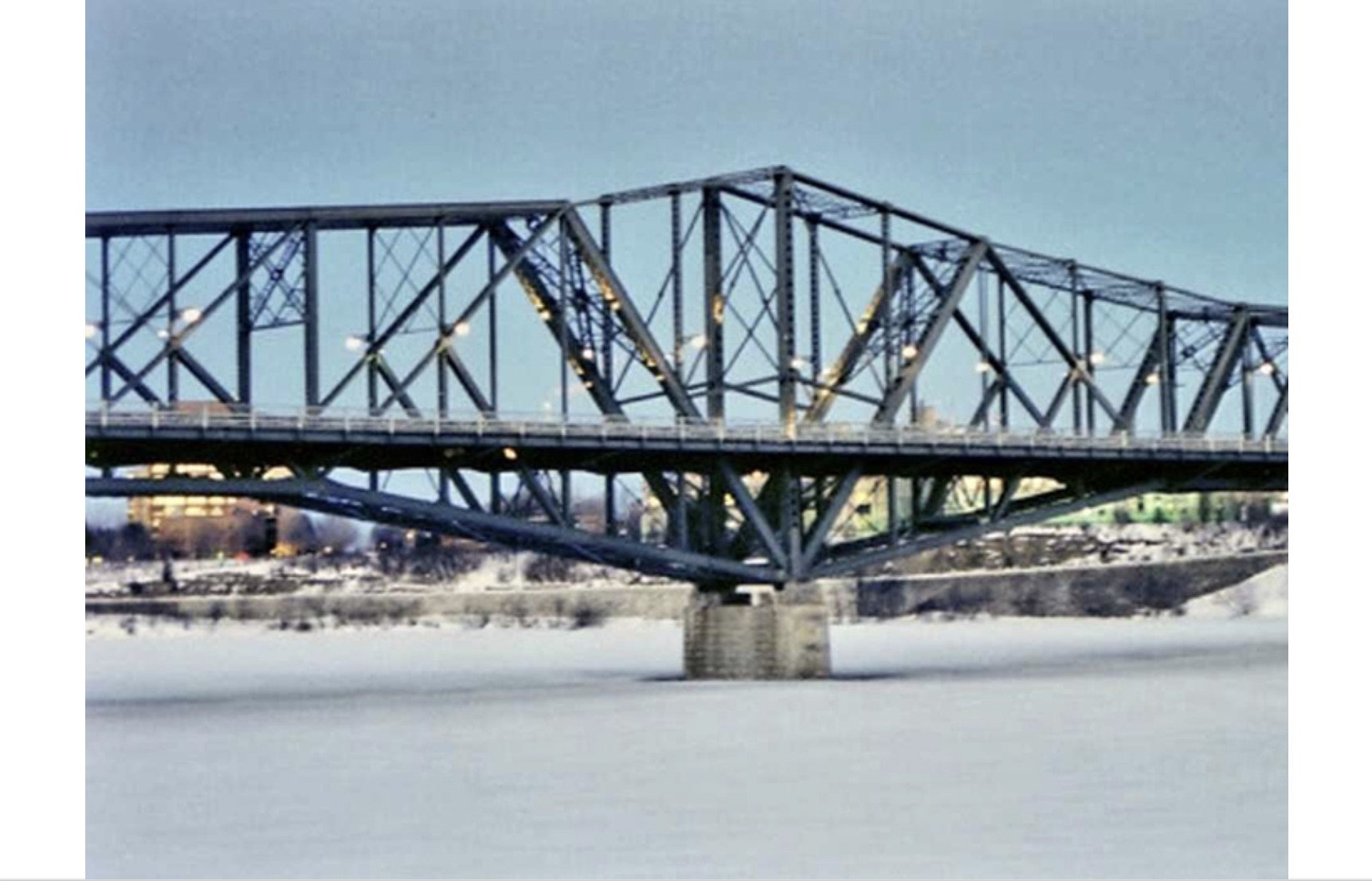Rethinking connectivity: Steve Moran advocates for a sustainable future of Alexandra Bridge
Tashi Farmilo
In a bold move addressing the future of the Alexandra Bridge, Hull-Wright district municipal councillor Steve Moran has put forward a series of progressive ideas focusing on sustainable transportation and heritage preservation. As the bridge, a prominent feature in the Ottawa–Gatineau skyline, approaches the end of its service life, Moran's proposals offer a fresh perspective on urban infrastructure and its potential for adaptation to modern needs.
Built over 120 years ago, the Alexandra Bridge has been a vital connection between Ottawa and Gatineau. Designed to accommodate various modes of transportation, it has evolved to become a significant conduit for motorists, pedestrians, and cyclists alike. Currently, the bridge handles approximately 9% of the interprovincial vehicular traffic and a noteworthy 33% of active mobility crossings, highlighting its importance in the region's transport network.
As the Alexandra Bridge approaches its scheduled reconstruction between 2028 and 2032, Hull-Wright district municipal councillor Steve Moran is not only advocating for a shift in its usage but also emphasising the need for a comprehensive feasibility study on this potential transformation. Understanding the critical role the bridge plays in the area's transportation network, Moran proposes repurposing it exclusively for public transit and active transportation modes like walking and cycling. This significant change, he suggests, could effectively reduce the strain on the bridge’s infrastructure, thereby extending its service life while also aligning with broader environmental sustainability goals.
Moran's proposal for the Alexandra Bridge, emphasising a reduction in car reliance, is in line with broader regional transportation strategies seeking systemic change. He advocates for prioritising public transit over the expansion of car lanes, stating, "The solution isn't more lanes for cars, but better public transit systems." This approach is crucial for addressing urban mobility and environmental sustainability challenges. Traditionally, expanding car lanes to combat traffic congestion has counterintuitively led to increased vehicle usage, a phenomenon known as induced demand, which exacerbates congestion and pollution. Moran’s vision for enhancing public transportation infrastructure offers a sustainable and efficient alternative. By shifting focus to public transit, cities can alleviate traffic congestion and significantly reduce carbon emissions, a vital step in combating climate change and creating healthier, more sustainable urban environments.
Furthermore, Moran brings attention to the historical and cultural significance of the Alexandra Bridge. As a symbol of the region's heritage, the bridge's preservation is a matter of public interest. Moran suggests that acknowledging its historical value could lead to innovative ways to maintain its structural integrity while adapting its function to contemporary needs. He urges consideration of the bridge not only as a transportation artery but also as a cultural landmark that merits preservation.
As discussions about the bridge's future continue, Moran's ideas offer a framework for balancing historical preservation with the evolving demands of urban transportation. His emphasis on sustainability, public transit, and heritage reflects a holistic approach to urban planning, one that could serve as a model for similar projects globally. With the potential transformation of the Alexandra Bridge, Moran's vision could redefine the relationship between historical structures and modern urban mobility.
Photo caption: Alexandra Bridge in daylight, envisioned by Councillor Steve Moran as a future hub for public and active transportation in his sustainable urban planning proposal.
Photo credit: Tashi Farmilo






